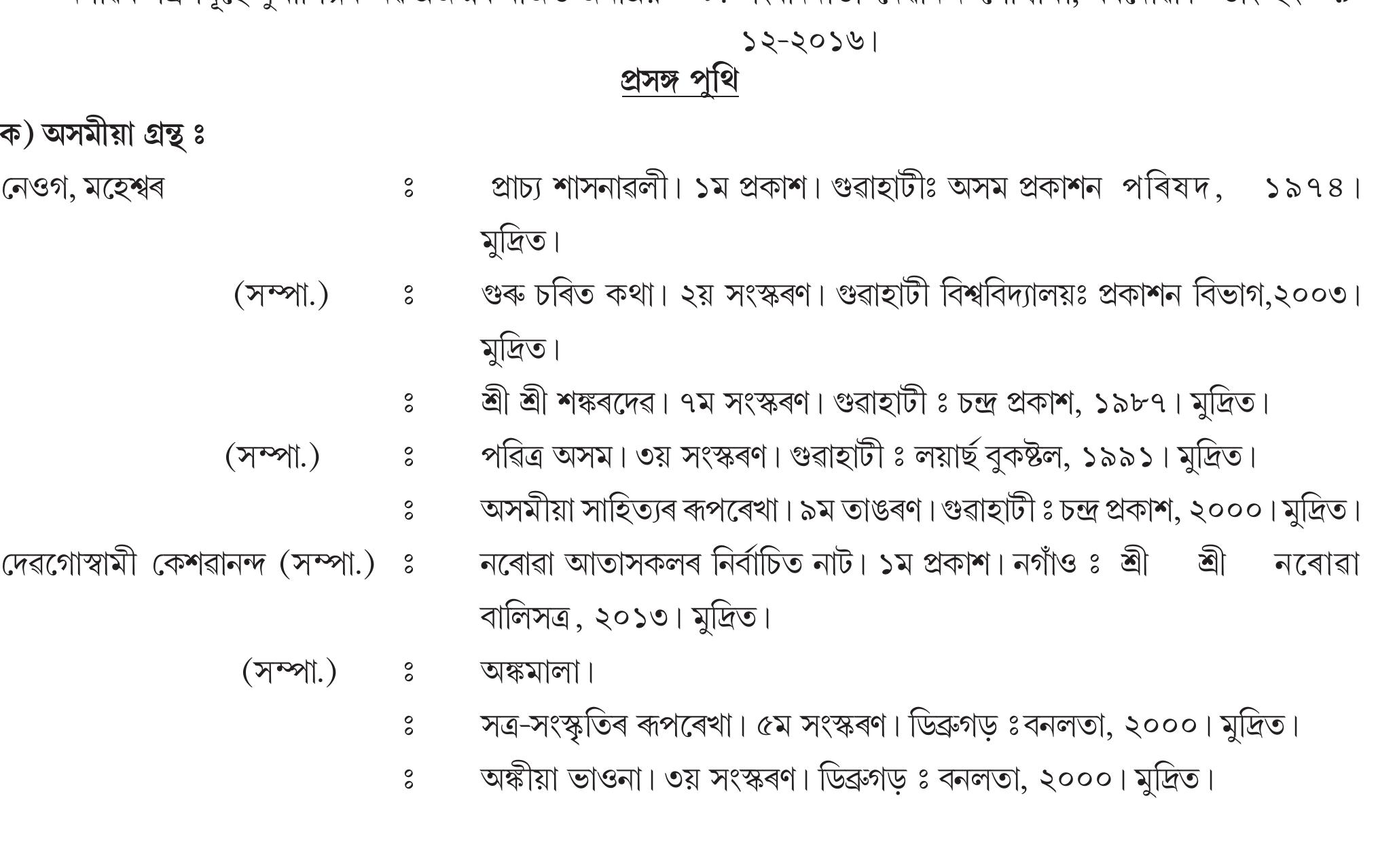
In the 1940s, prior to the development of the polio vaccine, polio generated considerable anxiety among parents, especially those with young children. This viral illness, which can lead to paralysis and even death, often circulated during the summer months, heightening fears. To reduce the perceived threat of polio, public health guidelines of that era included erroneous advice, such as steering clear of ice cream, based on the now-disproven association between ice cream consumption and polio outbreaks. This suggestion originated from a study that identified a link between the two without acknowledging that both rose in the summer—a classic case of confusing correlation with causation.
The differentiation between correlation and causation is an essential statistical concept frequently misinterpreted in medical research. The study linking ice cream and polio serves as a quintessential example of this confusion. Correlation denotes a relationship or trend between two variables, yet it does not establish that one induces the other. There may be another, unseen factor involved, known as a confounding variable. In the case of polio and ice cream, summer acted as this confounding factor, as both polio incidence and ice cream sales surged during this time.
This misunderstanding is not restricted to historical instances like the ice cream and polio study. Contemporary medical research can also suffer from statistical misapplications, such as equating correlation with causation, data mining, small sample sizes, overemphasis on p-values, minimal effect sizes, and hasty generalizations.
1. **Equating Correlation with Causation**: Just like the misconception surrounding polio and ice cream, presuming that two correlated events exert direct influence on one another can result in erroneous conclusions.
2. **Data Mining**: This involves sifting through vast amounts of data to uncover correlations without having preliminary hypotheses, which can lead to potentially inaccurate results. If all tests conducted are not transparently reported, results may misleadingly seem significant.
3. **Limited Sample Sizes**: Research involving small sample sizes can produce deceptive results. Larger sample sizes are crucial for identifying true differences and accurately reflecting the targeted population.
4. **Misinterpretation of Statistical Significance**: A small p-value is often incorrectly regarded as evidence of a hypothesis being true. The p-value merely reflects the probability that an observed effect happened by chance, not the validity of the hypothesis itself.
5. **Minimal Effect Sizes**: A statistically significant finding with a minor effect size may lack practical relevance. Small effect sizes can lead to overstated interpretations of the results.
6. **Making Generalizations from Averages**: Inferring conclusions about an entire population based on averages can neglect individual differences within the group.
Grasping and properly applying statistical principles, such as distinguishing between correlation and causation, ensuring that samples are sufficiently large and representative, and critically assessing the significance and implications of findings are vital for accurately interpreting medical research. Developing critical thinking skills empowers individuals to identify potential biases and limitations within scientific studies, aiming for more reliable and reproducible outcomes.